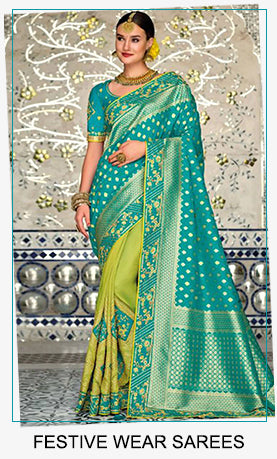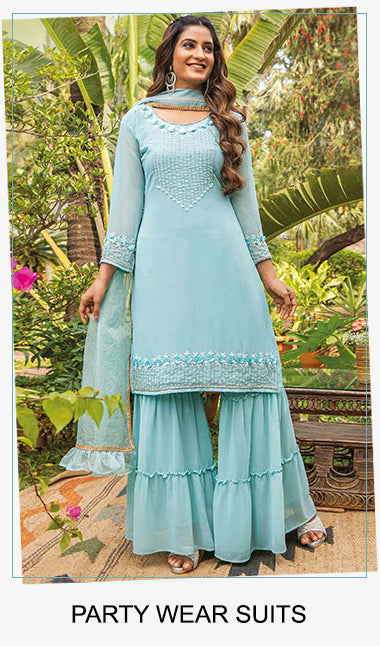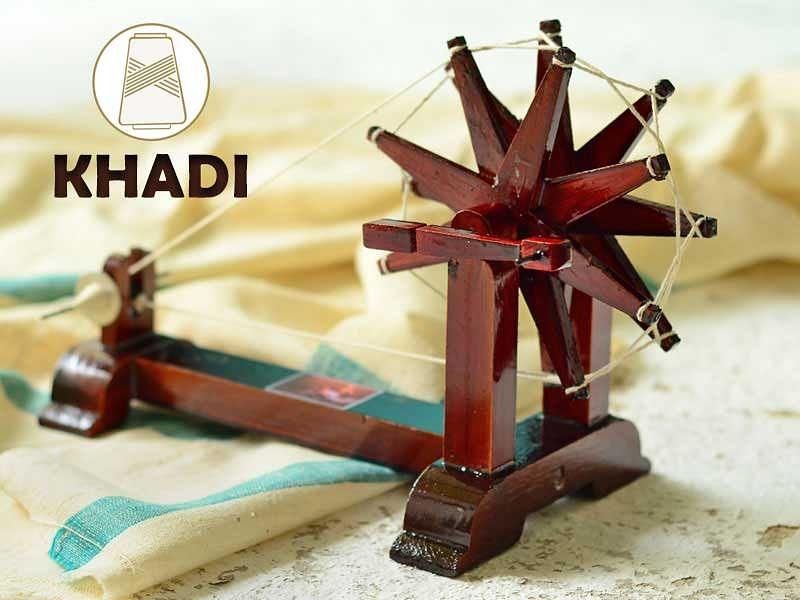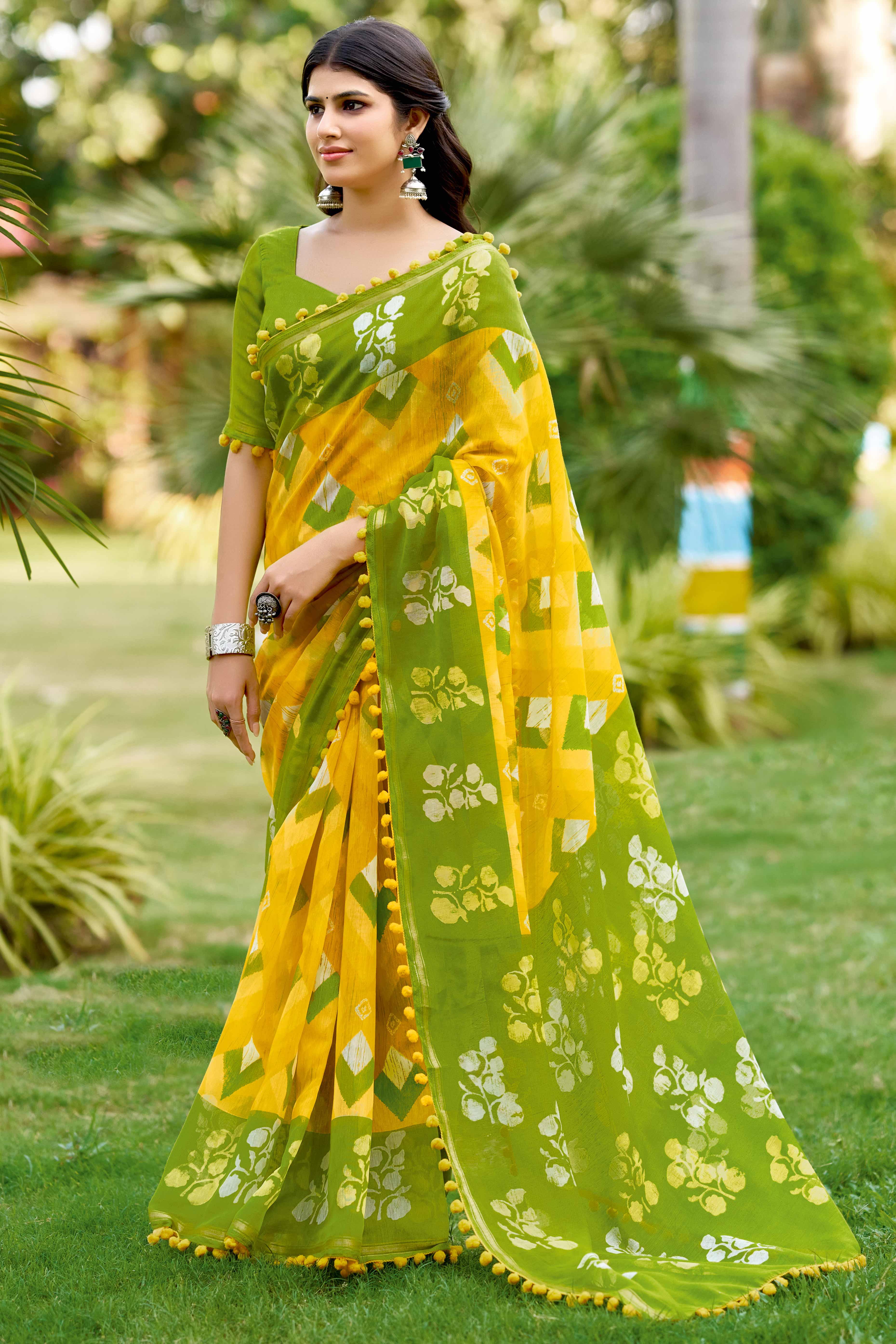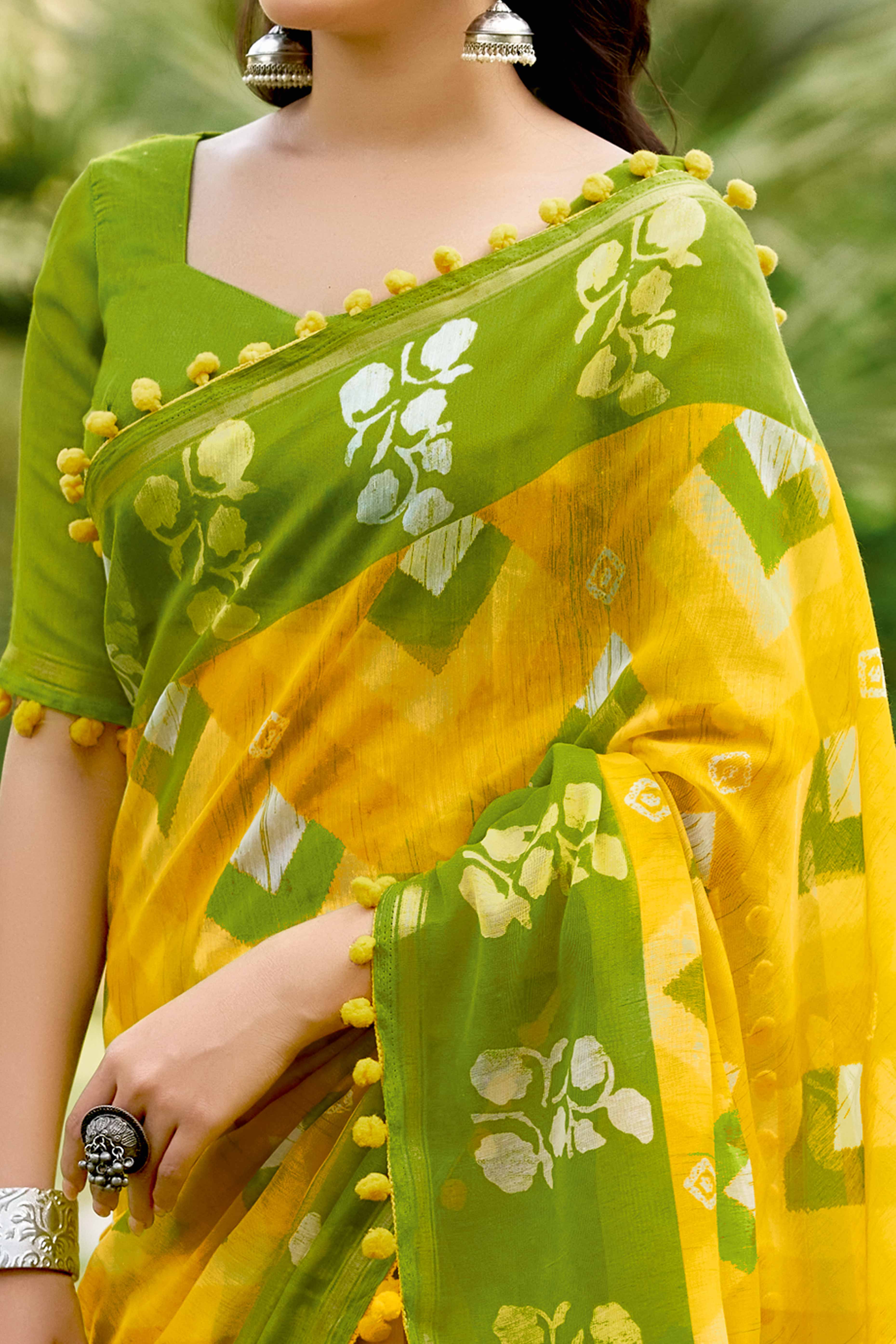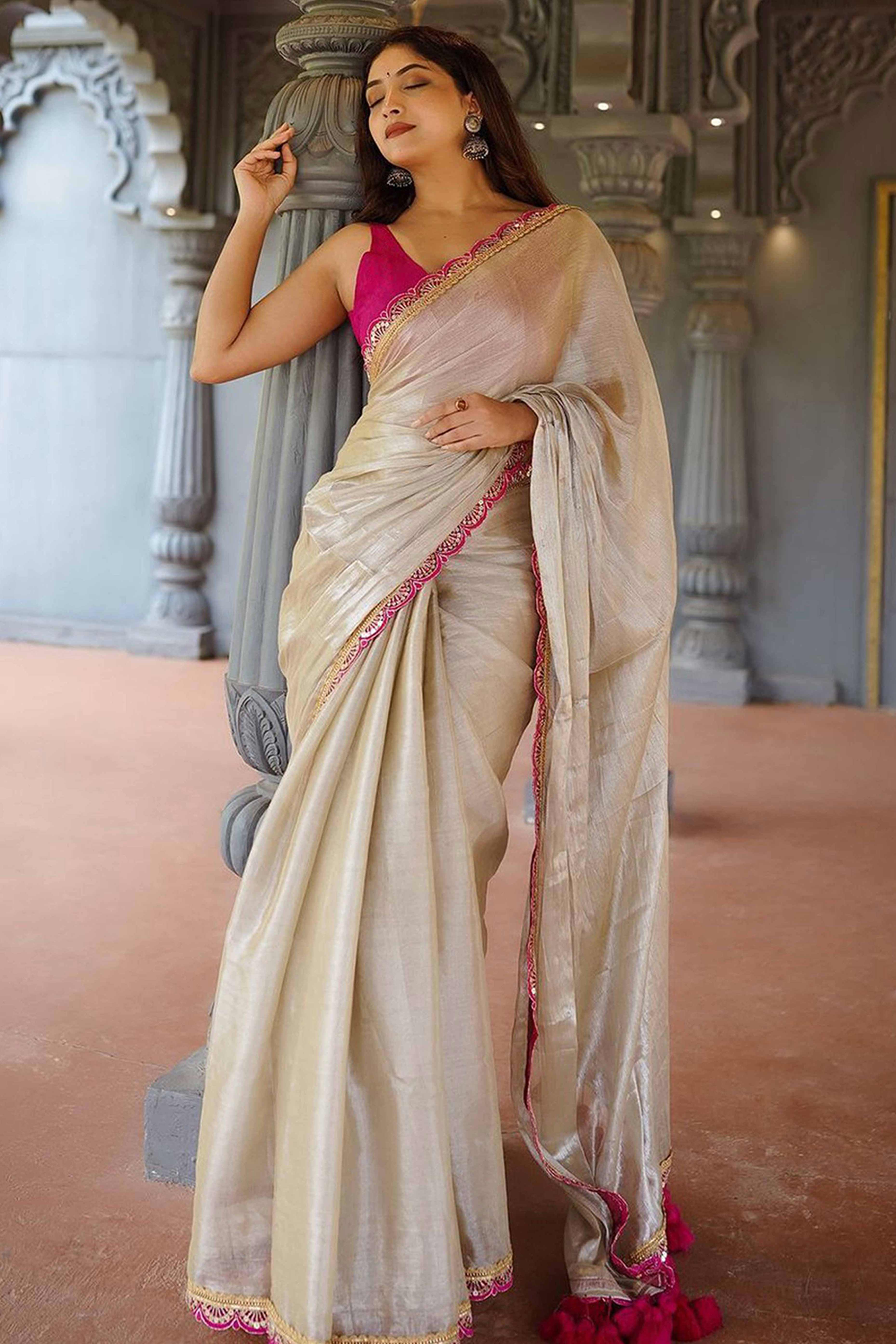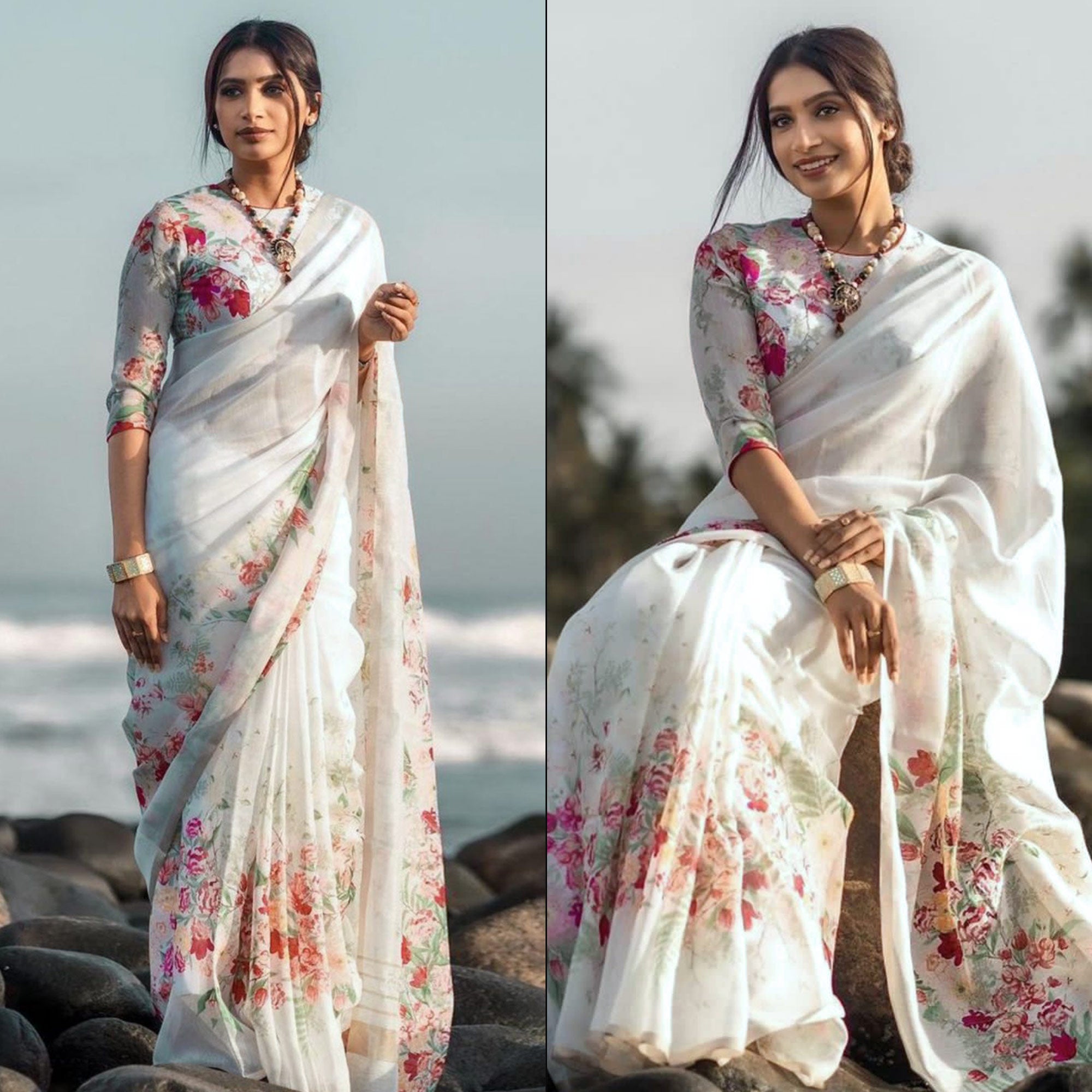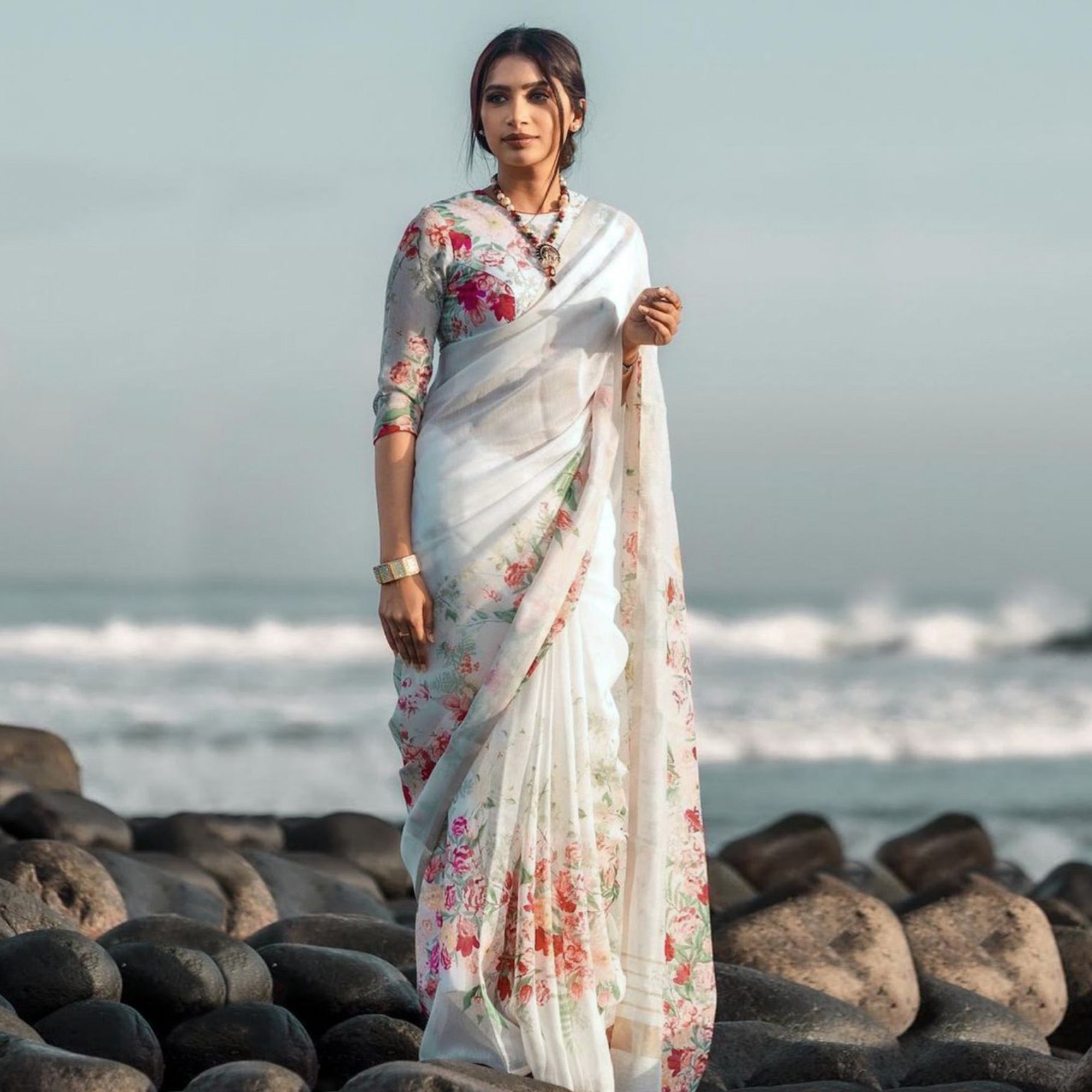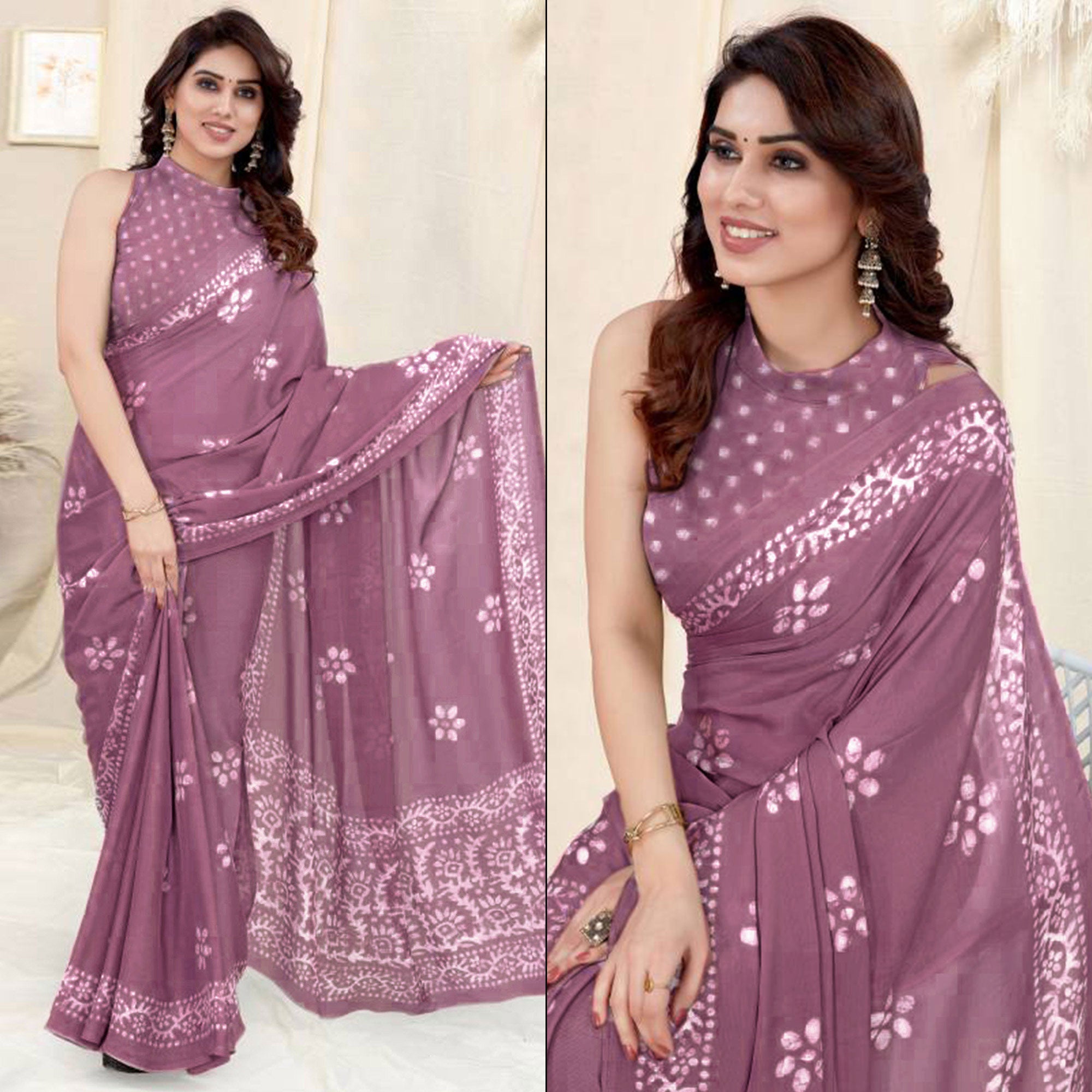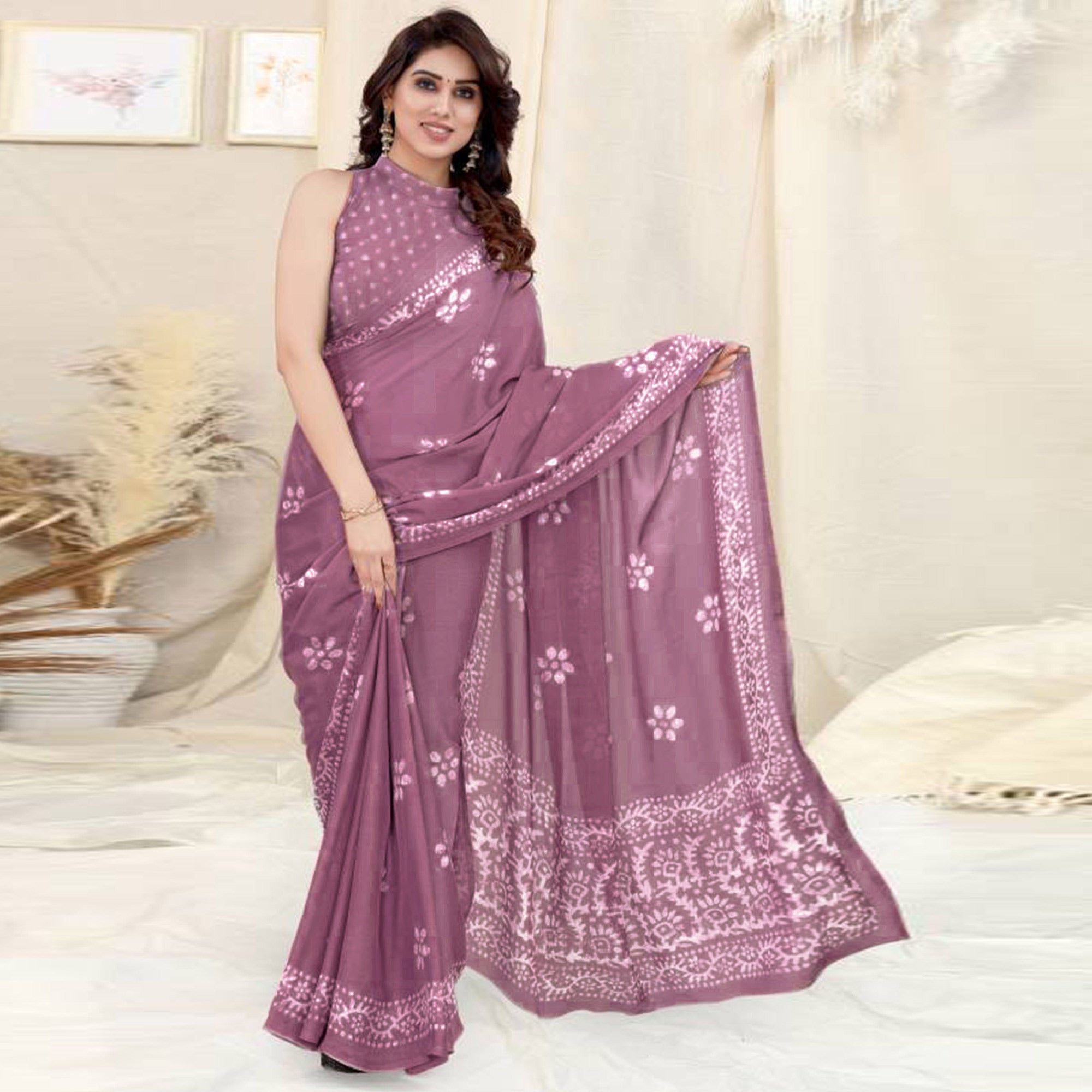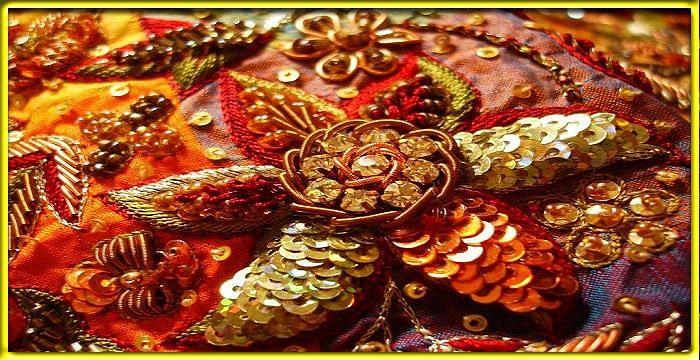Khadi is an invaluable asset of our country. Not only is it a culture defining cloth of India, it also is an embodiment of our freedom struggle. Khadi rose to its prime during the Swadeshi movement and was looked upon as the defiant weapon against the unjust British government who was hell bent on clamping down the economy of the country.
The Birth of Khadi
The name ‘khadi’ took after the name khaddar, which means hand-spun cloth.
According to the archaeological evidence on the Indus Valley Civilisation, there is ample record that its habitants were actively involved in handwoven textiles. Many sculptures built during the Harappan times have the idols wearing hand spun robes.
So it’s safe to say that the art of spinning cloth with hand came ancestrally to us Indians. According to a transcript by a Greek historian from as early as 400 BC, “ In India, there were trees growing wild, which produce a kind of wool better than sheep’s wool in beauty and quality. The Indians use this tree wool to make their clothes.”
In fact, when alexander invaded India, his soldiers took to wearing cotton clothes when they saw the Indian women spinning cotton fabric extracted out of cotton ginning. Even the Mauryan scriptures mention yarn spun out of wool, bark-fibres, cotton, hemp and flax and how artisans made livelihood out of them.
We can credit Alexander for popularising the handmade Indian cloth while he traversed the world. During the medieval era and thereon, the hand woven Indian muslin cloth was in great demand. It was during this period that the hand-made chintz pattern crafted by the Indian craftsmen garnered immense popularity.

Blow to Khadi Production
As the khadi textile gained popularity the world over, the Europeans, particularly the British deemed it a severe threat to their own textiles. In a shrewd attempt to supress the popularity and demand for khadi, they introduced mills extensively in various parts of the world and a large number in India too. With the introduction of machine made textiles in India, khadi production plummeted. Millions of weavers lost their livelihood owing to this.
Browse Through Peachmode's Amazing Khadi Silk Saree Collection
Revival of Khadi and its involvement in the Freedom Struggle
This almost obsolete skill of spinning khadi was revived and brought back to its former glory by Mahatma Gandhi during the freedom movement of India. He encouraged Indians to boycott British goods and encourage everything Indian- the Swadeshi movement. This heavily motivated the Khadi artisans to bring back this heritage textile in circulation. People from all walks came together to promote the Khadi garment.
The Swadeshi and Non-Cooperation movement gave way to the formation of All India Spinners Association with the aim of promoting, producing and propagating Khadi. This gave employment to lakhs of Indians and aided in making them economically stable and self-reliant.

Post Independence, All India Khadi and Village Industries Board was created, which later culminated in the formation of Khadi, Village and Industries Commission (KVIC). Today, it is responsible for the planning, promotion, organization and implementation of programs for the development of khadi and other village industries in rural areas with the coordination of other agencies in rural development wherever necessary.
Khadi in the Fashion World
Khadi continued gaining momentum since then. In fact, in the early 90s, the khadi garments had become a fashion statement. The KVIC at this time organised an all Khadi Fashion Show in Bombay which was a massive hit. Designer-entrepreneur Ritu Beri in 1990 presented her first khadi collection at the prestigious Tree of Life show held at Delhi’s craft museum and made it a sensation in the fashion world.
This modern quintessential garment has found a great fan base amongst the millennials today. Modern yet retaining the traditional quotient, this comfortable fabric is apt for both summers and winters and is quite the rage on the ramp shows today.

The Khadi got revived and became a fashion fixation. From being a basic garment to a high end fashion fabric, khadi is a popular choice today in salwar suits, jackets, bridal lehengas, suits and dresses. Quite the fascination among the top notch designers of today, the Khadi has become a global icon today that resonates with the rich culture and heritage of India.


